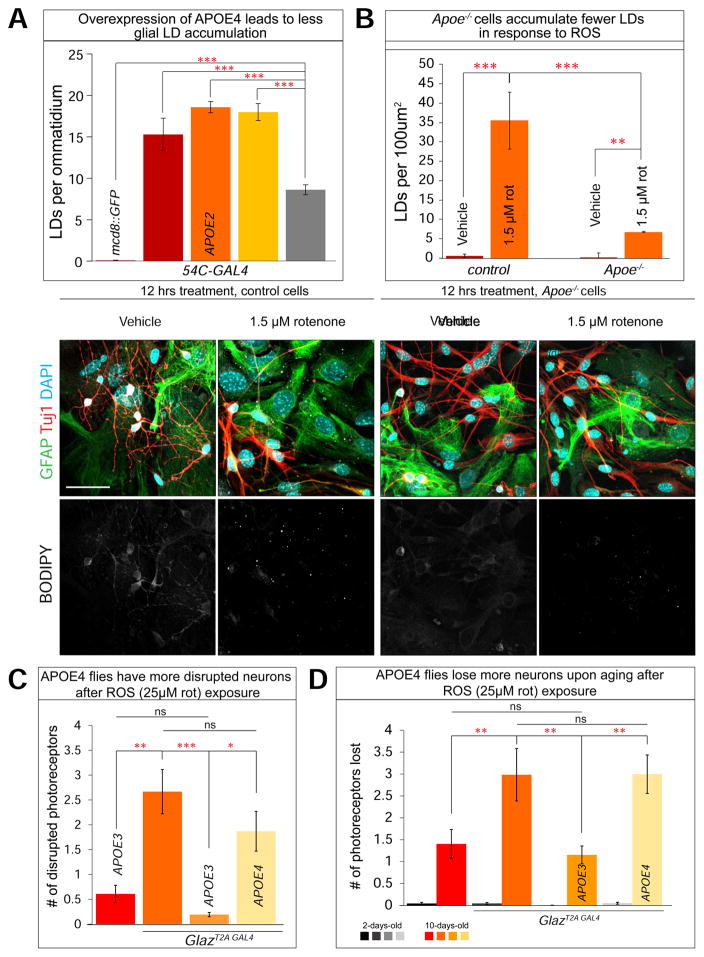Figure 7. Apoe null cells and APOE4 animals cannot accumulate glial LD in response to stress.
A) Glial (54C-GAL4) overexpression of UAS-mCD8:GFP (control) does not lead to LD accumulation. Glial overexpression of Glaz, APOE2 and APOE3 variants lead to more than 10 LDs per ommatidium whereas APOE4 variant overexpression leads to significantly less glial LD accumulation. (Student’s t-tests were used to calculate significance. n > 10 animals each). B) a–b, Vehicle treated control cells did not accumulate glial LD after 12 hrs treatment. c–d, cells treated for 12 hrs with 1.5 μM rotenone accumulate glial LDs. e–h. Apoe−/− treated for 12 hours with 1.5 μM rotenone accumulate minimal glial LDs. (Kruskal-Wallis test followed by Dunn’s test for significance. n < 200 cells per treatment, 3 replicates) C) Homozygous APOE4 expressing flies have more disrupted photoreceptors compared to APOE3 expressing flies immediately post ROS exposure. D). When aged for 10 days, Flies with APOE4 expression in place of Glaz lose a comparable number of neurons as Glaz null flies and more than APOE3 flies. (Kruskal-Wallis test followed by Dunn’s test for significance. n > 10 animals each) Data are represented as mean ± SEM. *P<0.05, **P<0.005, ***P<0.0005. Scale bar: 50 μm.

